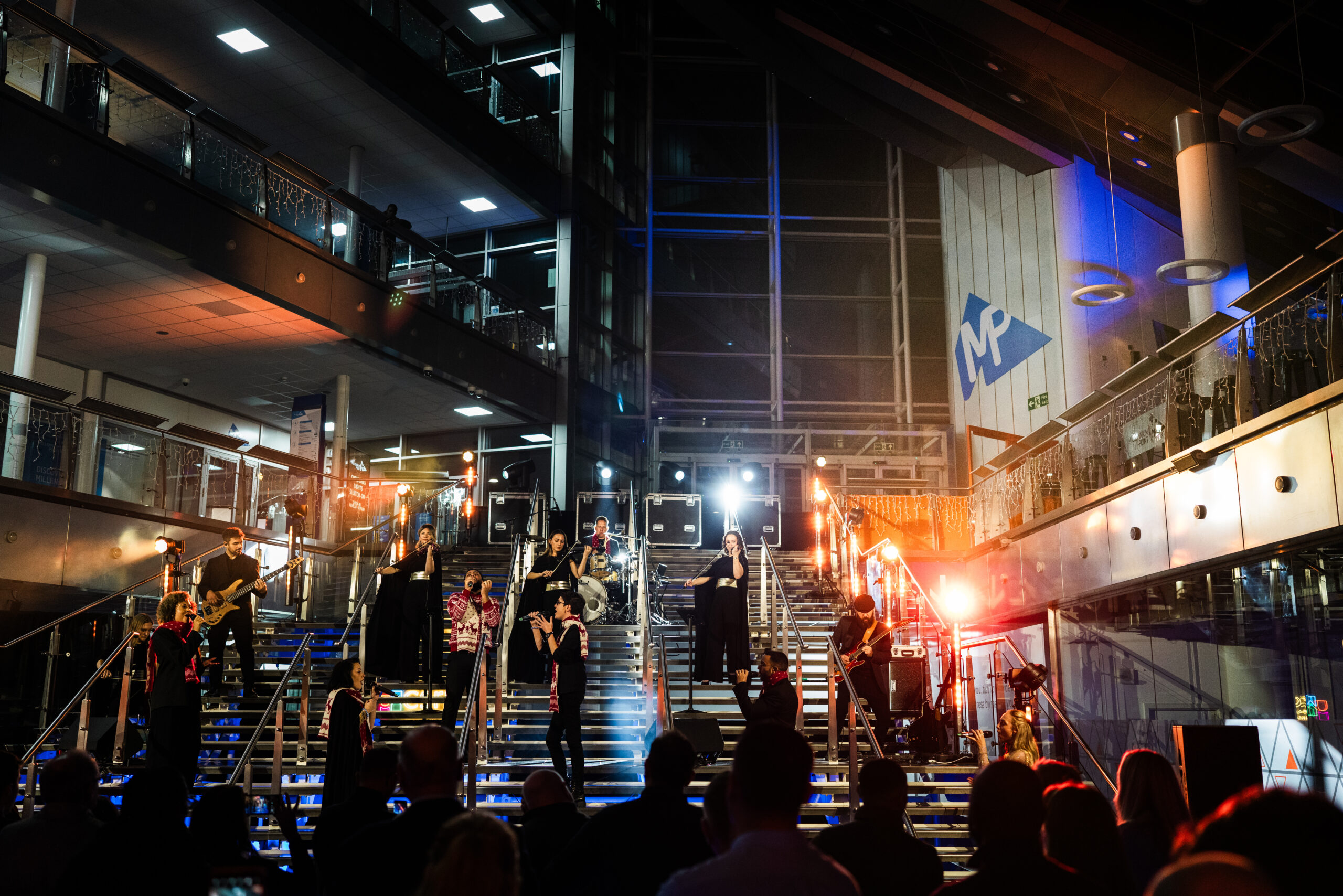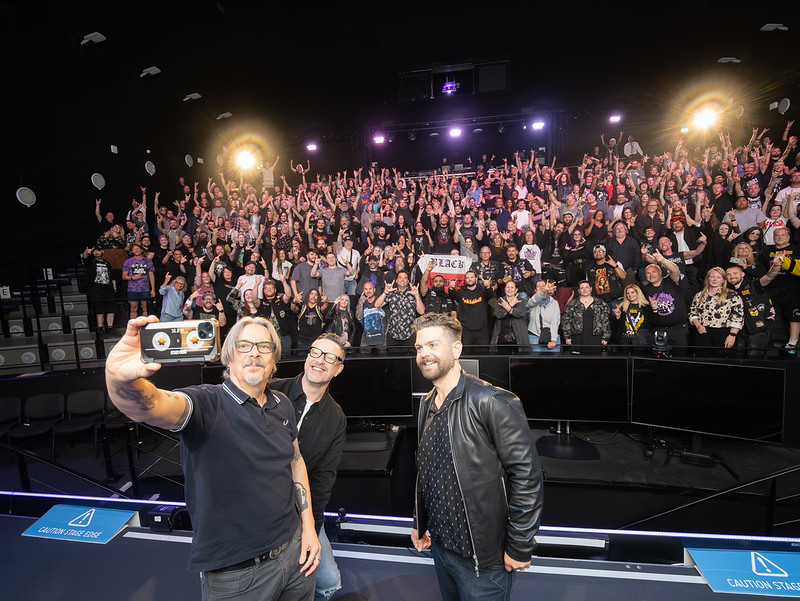Breaking Binary: LGBTQ+ people transforming STEM
In the ever-evolving world of science, technology, engineering, and mathematics (STEM), diversity isn’t just a buzzword — it’s a catalyst for innovation. Yet, for many LGBTQ+ individuals, the path into these fields remains fraught with challenges.
Recent research revealed that nearly 30% of LGBTQ+ young people in the UK avoid pursuing STEM careers due to fears of discrimination. But amid these statistics, a new generation of LGBTQ+ scientists and engineers is breaking barriers, redefining norms, and inspiring others to follow suit.
Shrouk El-Attar: Engineering change and advocating for refugees
Born in Alexandria, Egypt, Shrouk El-Attar is an electronics engineer and a passionate advocate for LGBTQ+ and refugee rights. After seeking asylum in the UK, she pursued her education at Cardiff University, where she combined her technical expertise with activism. Shrouk’s unique approach includes performing as a belly dancer under the moniker “Dancing Queer” to raise funds for LGBTQ+ individuals facing persecution in Egypt.
Her contributions haven’t gone unnoticed. In 2018, she was named one of the BBC’s 100 Most Influential Women, and in 2021, she received the Institution of Engineering and Technology’s Young Woman Engineer of the Year award. Shrouk’s journey underscores the power of resilience and the impact of combining technical skills with advocacy.
Professor David K. Smith: Making chemistry accessible and inclusive
At the University of York, Professor David K. Smith is not only renowned for his work in nanochemistry but also for his commitment to making science accessible. An openly gay academic, David has been a vocal advocate for LGBTQ+ representation in STEM. Through his engaging YouTube channel, he demystifies complex chemical concepts, making them relatable to a broader audience.
David’s outreach efforts aim to challenge stereotypes about scientists and encourage young LGBTQ+ individuals to see themselves in scientific roles. His work exemplifies how visibility and education can go hand-in-hand to foster inclusivity in STEM fields.
Dr. André K. Isaacs: Fusing science with choreography
Dr. André K. Isaacs, a Jamaican-born chemist based in the United States, is redefining science communications. Known for his viral TikTok videos that combine chemistry lessons with choreographed dances, André brings a fresh and engaging approach to education. His signature rainbow lab coat isn’t just a fashion statement — it’s a symbol of pride and inclusivity in the lab.
Beyond social media, André is dedicated to mentoring students and creating supportive environments for LGBTQ+ individuals in science. His innovative methods demonstrate that embracing one’s identity can enhance, rather than hinder, scientific outreach and education.
The importance of representation in STEM
The stories of Shrouk, David, and André highlight the profound impact that representation can have in STEM fields. When individuals see themselves reflected in their professions, it establishes a sense of belonging and encourages diverse perspectives, which are essential for innovation.
However, challenges persist. A study by the Institute of Physics found that 28% of LGBTQ+ physical scientists in the UK have considered leaving their workplace due to discrimination. Additionally, research indicates that transgender and gender non-conforming students continue in STEM majors at a rate roughly 10% lower than their cisgender peers.
These statistics underscore the need for continued efforts to create inclusive environments where all individuals can thrive.
Inspiring the next generation
Fostering diversity in STEM is crucial for driving progress and innovation. By supporting underrepresented groups through scholarships, outreach programmes, and educational initiatives, we aim to break down barriers and open doors for the next generation of scientists and engineers.


